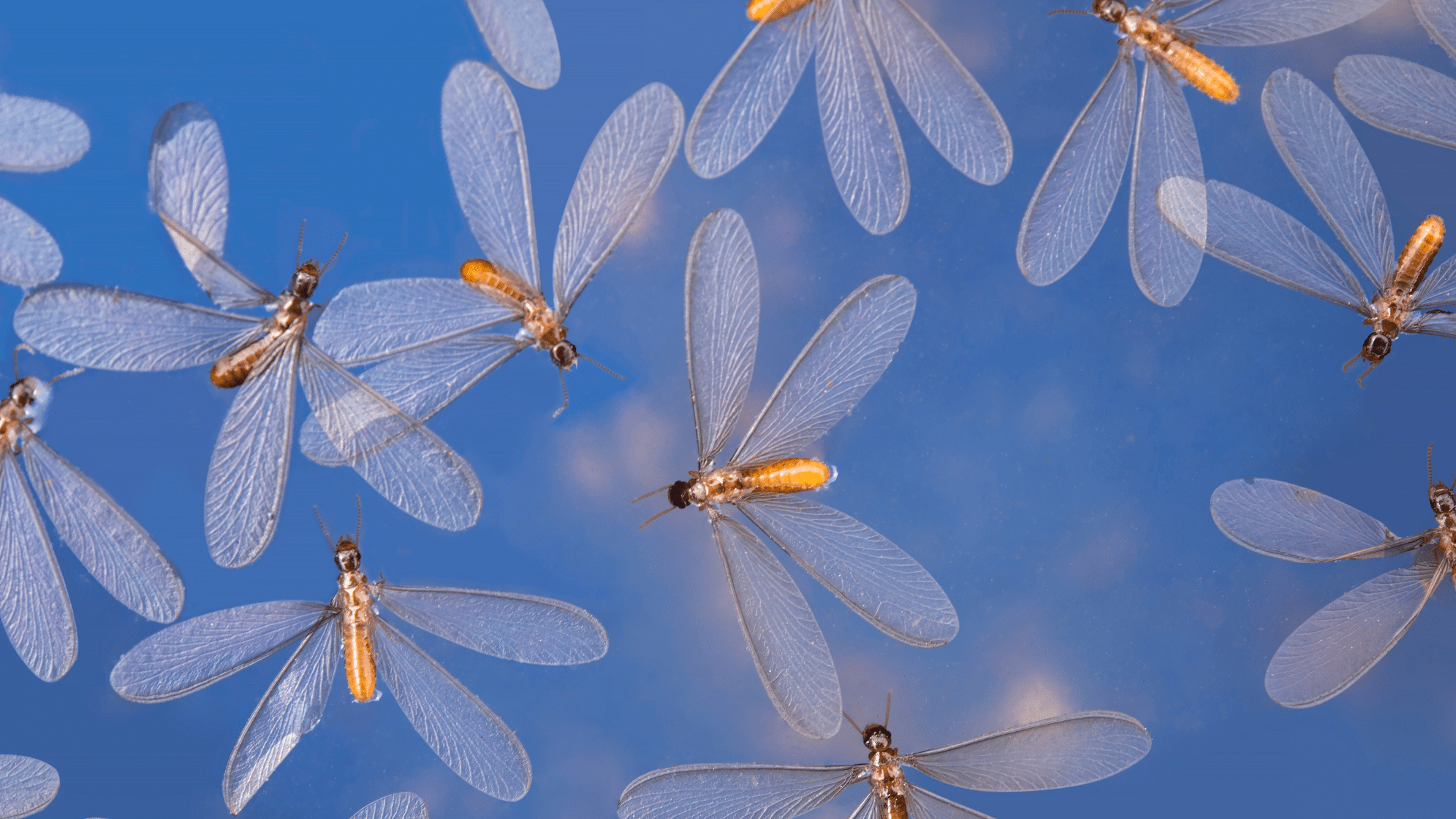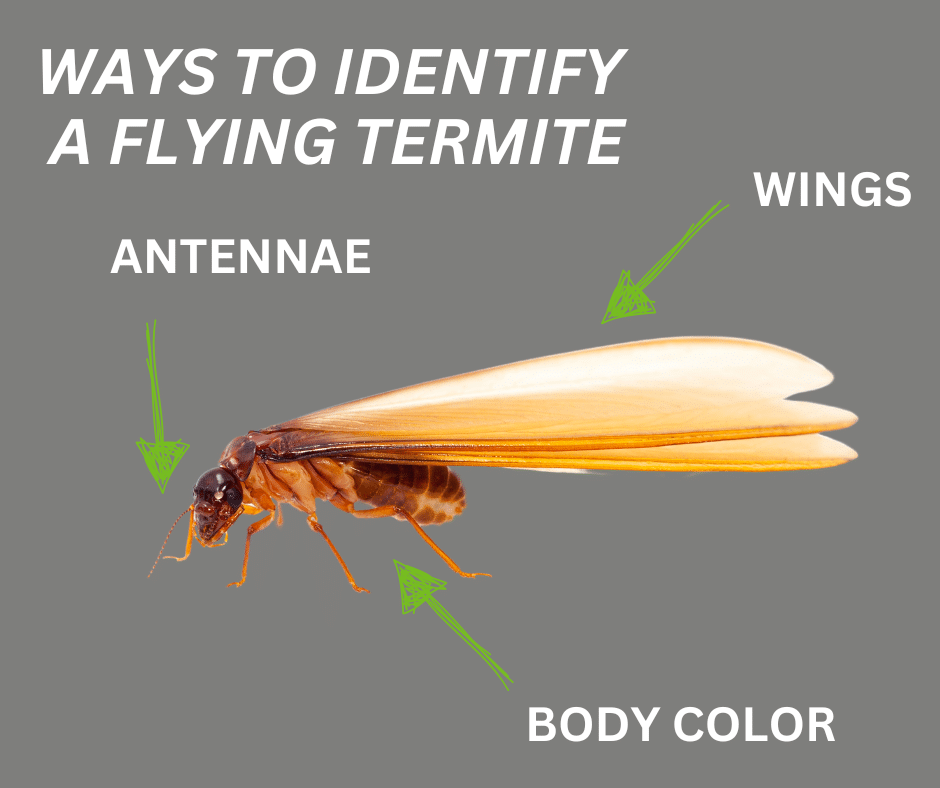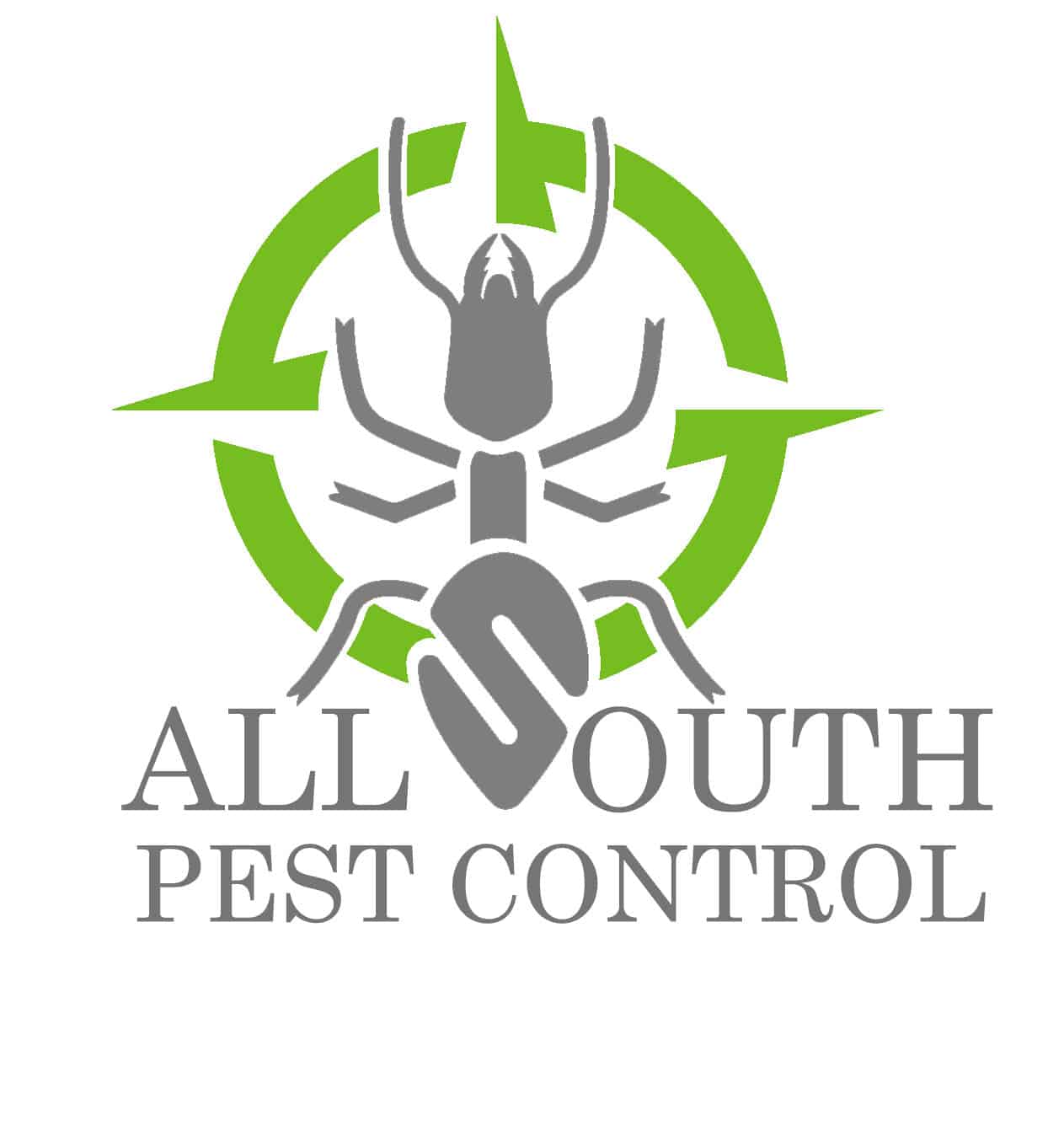
Termites are destructive pests that cause billions of dollars in damage annually. Homeowners often wonder whether termites can fly.
The answer is yes, but only certain types of termites have wings and take flight. Understanding termite swarming behavior helps identify potential infestations early and take action before costly damage occurs.
While termites are known for silently destroying wood structures, many people do not realize they have a reproductive stage that can fly. Swarming behavior plays a crucial role in the termite life cycle and serves as a warning sign—this post goes over everything you need to know about swarming termites as a property owner.
Understanding Termite Behavior
Termites are social insects living in organized colonies. They have three main castes:
- Workers: These termites are responsible for gathering food, building tunnels, and caring for other termites. They do not have wings and never fly.
- Soldiers: Their job is to protect the colony from threats like ants and other predators. They also do not fly and instead rely on their strong mandibles to defend the colony.
- Reproductives (Alates): These are the only termites that can fly. Their purpose is to leave the colony, mate, and start new colonies. They are the ones seen swarming at certain times of the year.

Can Termites Fly?
Yes, termites can fly, but only during specific periods. Winged termites, known as alates, take flight during swarming season. These termites fly in search of mates and new nesting locations. However, flying termites are often mistaken for flying ants.
Here’s how to tell them apart:
- Termites have straight antennae, while ants have bent antennae.
- Termite wings are equal in size, while ants have larger front wings than their back wings.
- Termite bodies are straight and uniform, while ants have segmented waists.
Flying termites are not a different species of termite. Instead, they are simply a reproductive stage of the termite life cycle. Once they find a suitable location, they shed their wings and begin creating a new colony.
Why Do Termites Swarm?
Swarming is a natural part of the termite life cycle. It occurs when a colony reaches maturity and needs to expand. Several conditions trigger termite swarming:
- Warm temperatures: Most termite swarms happen in spring and summer.
- Humidity and rain: Moisture encourages swarmers to leave their nests.
- Colony growth: A mature colony sends out swarmers to establish new colonies.
- Time of day: Different species swarm at different times. Some prefer daylight, while others are more active in the evening.
Swarming termites only fly for a short time before shedding their wings and burrowing into the soil to start a new colony. Seeing discarded wings near windows and doors is a strong sign of termite activity.
Signs of a Termite Infestation
Noticing flying termites around your home can indicate a larger problem. Other warning signs include:
- Mud tubes: These tunnels along walls or foundations are used by termites for protection. They allow termites to travel between their nest and their food source without being exposed to the open air.
- Hollow-sounding wood: Termites consume wood from the inside, leaving behind thin, fragile surfaces. Tapping on an affected area may produce a hollow sound.
- Discarded wings: After mating, swarmers shed their wings, leaving piles near doors and windows. These wings are often the first visible sign of termite activity inside a home.
- Frass (termite droppings): Drywood termites push waste out of holes, creating small mounds of pellets that resemble sawdust or coffee grounds.
- Buckling or warped wood: Over time, termite damage can cause wood to warp, making doors and windows harder to open or close.
- Peeling paint or wallpaper: Termites produce moisture as they eat wood, which can lead to bubbling or peeling paint.
If any of these signs are present, it’s crucial to act quickly to prevent further damage.

What to Do If You See Flying Termites
Spotting flying termites inside or outside your home is a serious concern. Here’s what to do:
- Do not ignore them. Flying termites signal an existing or potential infestation.
- Check for other signs of termites. Look for mud tubes, frass, or wood damage.
- Seal cracks and crevices. This reduces entry points for termites looking to establish new colonies.
- Reduce moisture around your home. Termites thrive in damp conditions, so fixing leaks, diverting water away from your foundation, and improving ventilation can help.
- Move woodpiles away from your home. Storing firewood or untreated lumber too close to your house can attract termites.
- Ensure proper drainage. Clogged gutters or pooling water can create ideal conditions for termites.
- Contact a pest control professional. A thorough inspection determines the extent of termite activity and the best course of action.
How Pest Control Professionals Can Help
Professional pest control services provide the best defense against termites. Experts use various methods to eliminate infestations and prevent future problems:
- Inspection: Professionals assess termite activity, look for damage, and determine the type of termites present.
- Baiting systems: Stations placed around the home attract and eliminate termites before they reach the structure.
- Liquid treatments: Chemical barriers stop termites from entering structures and eliminate existing colonies.
- Wood treatments: Special treatments can be applied to exposed wood to deter termites from feeding on it.
- Preventative maintenance: Regular inspections and treatments help keep termites away long-term. A yearly inspection is recommended for high-risk areas.
Conclusion
So, can termites fly? Yes, but only during swarming season. Flying termites are a sign that a colony is expanding, which could put homes at risk. Recognizing swarming behavior and other termite signs helps homeowners act quickly. If flying termites are spotted, a professional inspection is the best way to protect your home from costly damage. Termites work silently and cause damage before they are even noticed.
Don’t wait until it’s too late. Contact us today for a comprehensive termite inspection and expert treatment solutions. Our team of professionals is ready to help safeguard your home from these destructive pests. Schedule your consultation now and take the first step toward a termite-free home!

Recent Comments